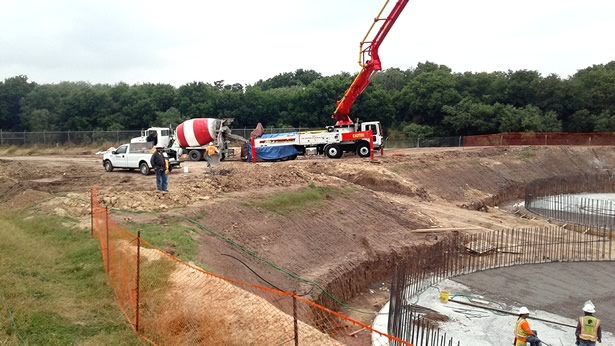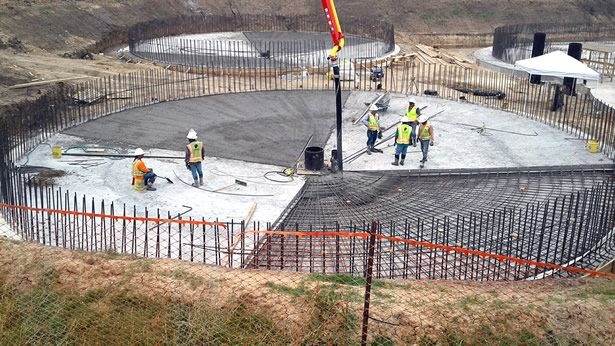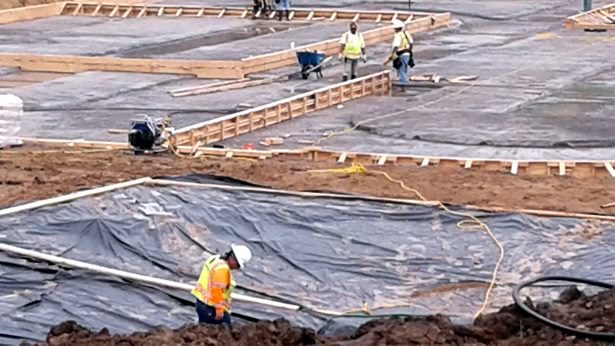David Inouye
Wastewater Supervisor
Treated effluent is disinfected with chlorine in accordance with our permit. Ten percent of our effluent is being used for irrigation inside the wastewater treatment plant. The plant has a back-up auxiliary power in case of electrical emergency.
Contact Info
Wastewater Treatment Plant
815 Goliad Road
Floresville, TX 78114
(830) 393-3105 phone
(830) 393-1211 fax
Office Hours
Monday–Friday
8 am–5 pm
USDA Wastewater & Sewer Improvements
The City of Floresville received $9.473 million in funding from United States Department of Agriculture (USDA) Rural Development ($1.798 million in grant, $7.495 million in loan, and $180,000 in City funding/applicant contribution). This funding allowed the City to construct significant upgrades to the wastewater treatment plant on Goliad Road and to the wastewater collection system.
The City of Floresville was also granted a 2016 Community Development Block Grant (CDBG) in the amount of $275,000, with a $55,000 application match for wastewater and sewer improvements.
The wastewater treatment plant improvements increased the plant’s average flow capacity from 900,000 gallons per day (GPD) to 1.2 million GPD and increased peak flow capacity from 1.8 million GPD to 4.8 million GPD. The improvements provide additional levels of treatment required by the Texas Commission on Environmental Quality (TCEQ) and its increase in capacity is anticipated to meet the City of Floresville’s expected growth through 2050.
The City of Floresville wastewater treatment plant is the second largest plant in Texas using a state-of-the-art biological nutrient removal treatment system that achieves total nitrogen removal and biological removal in one basin. Major improvements to the plant include a new carousel oxidation basin; two 60-foot diameter state-of-the-art clarifiers; a new disinfection system; a one-meter belt filter press dewatering system to process wet sludge into significantly less costly dry sludge for disposal; and new emergency power, electrical, and control system improvements.
Significant immediate benefits include addressing plant overflows and potential TCEQ violations due to heavy rainfall (infiltration); reduced operation and maintenance costs; and addressing anticipated future discharge permit standards for discharges over one million GPD.




